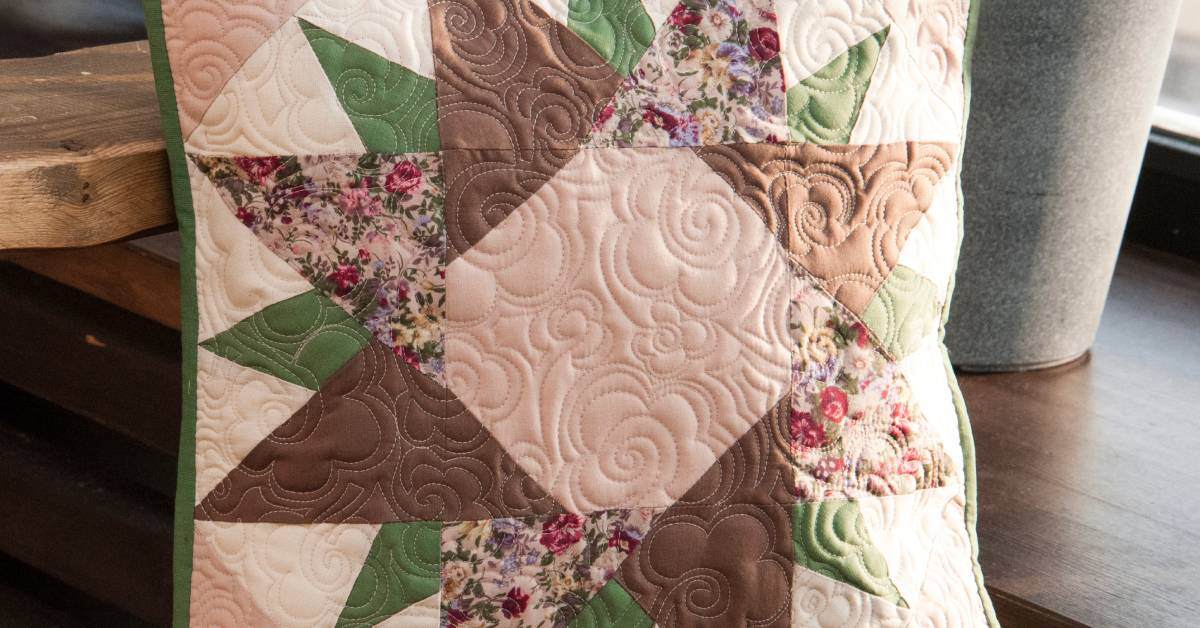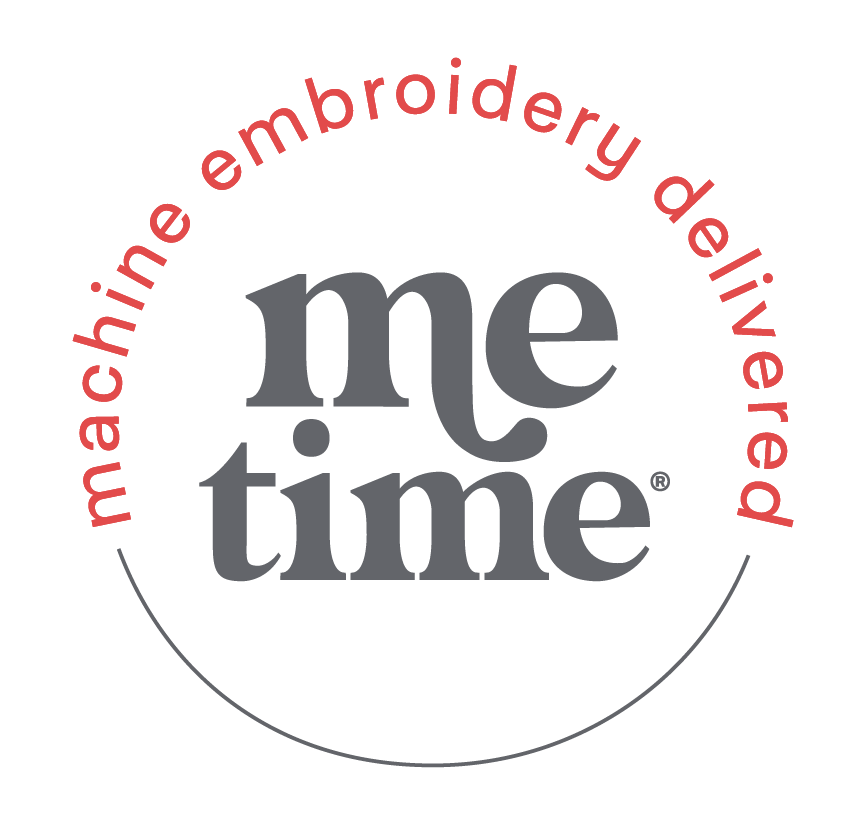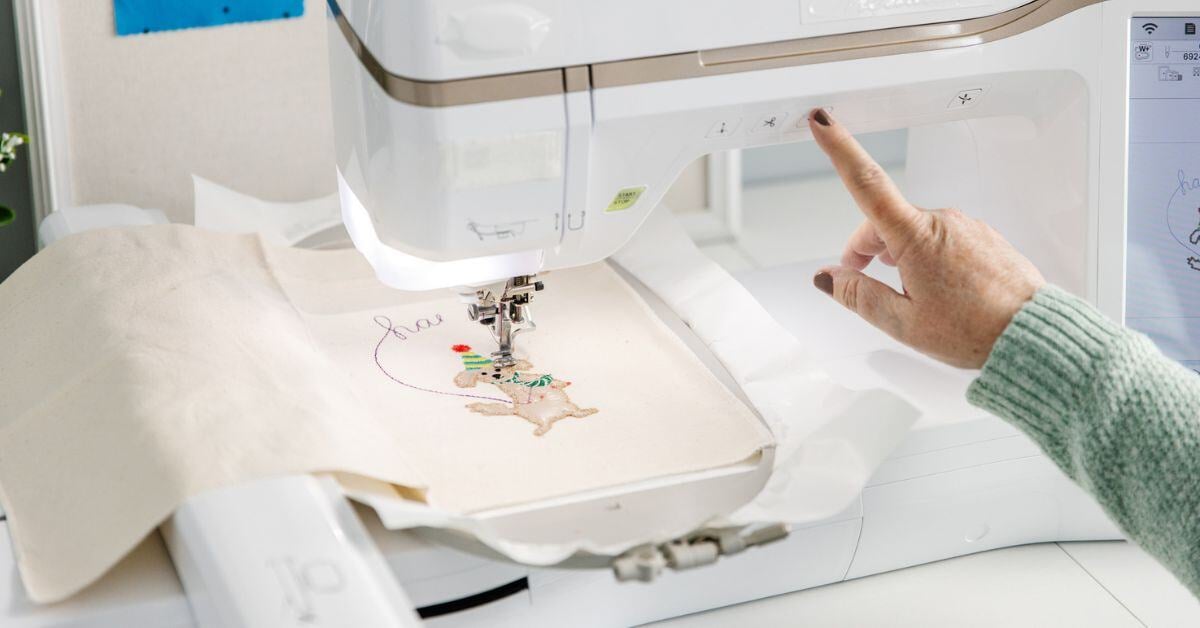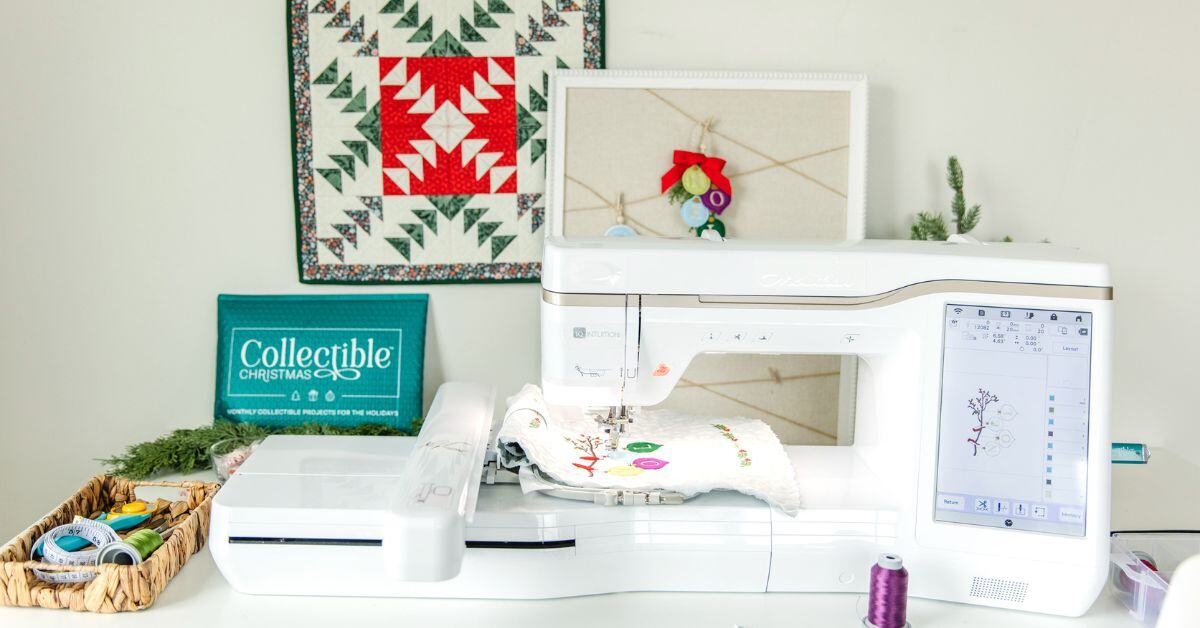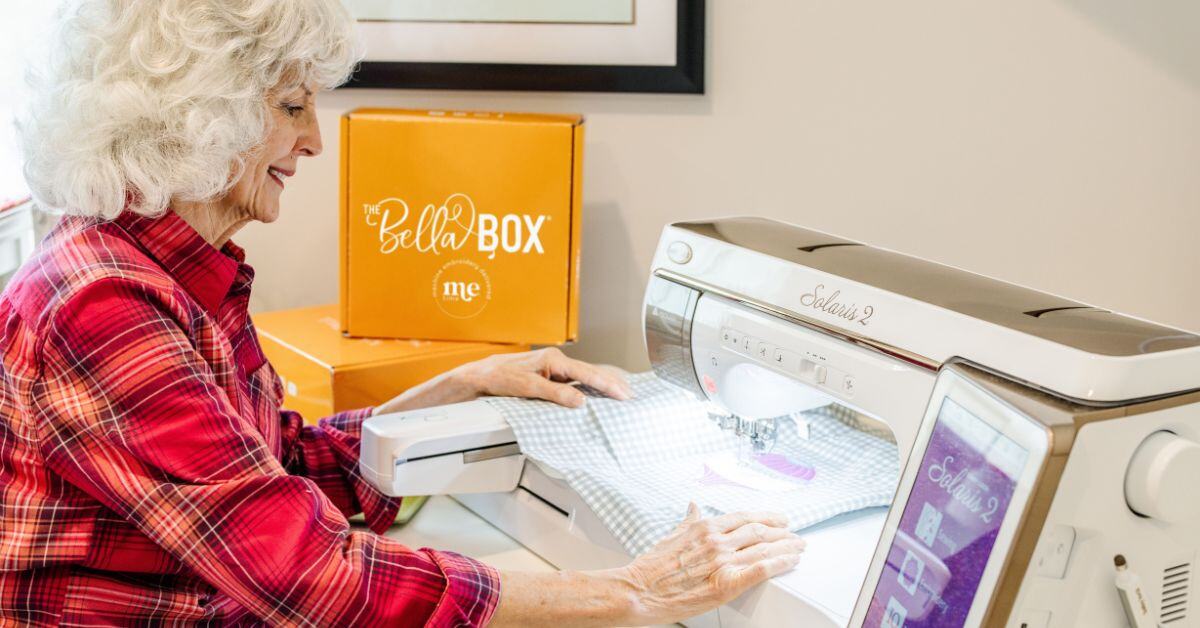If you’ve ever found yourself wading through a sea of tangled thread or scratching your head at puckered fabric, you’re not alone. Machine embroidery quilt blocks can be a bit tricky, even for the most seasoned crafters.
We’ll guide you through the common machine embroidery quilt block mistakes and share some handy tips that will make your embroidery experience smoother and more enjoyable. Grab your favorite needle and thread, and dive in!
Incorrect Thread Tension
Setting the correct thread tension is like finding the sweet spot in Goldilocks’ tale—not too tight, not too loose, but just right. Thread tension dramatically affects the quality of your embroidery. If the tension is too tight, you’ll end up with fabric puckering and thread snapping, which can be incredibly frustrating.
On the other hand, if the tension is too loose, your stitches may look messy and unprofessional—the thread won’t lay flat against the fabric. Always start by checking your machine’s manual for recommended settings. Then, make adjustments from there. Spending a few extra minutes on this step can save you hours of rework and disappointment down the road.

Improper Fabric Selection
Choosing the right fabric is crucial for any machine embroidery project. Many crafters make the mistake of using fabric that is either too light or too heavy. The wrong fabric can lead to issues like distortion, puckering, or even tearing.
For the best results, opt for a medium-weight, tightly woven fabric designed for quilting or embroidery. This fabric can handle intricate stitch work and maintain its shape, giving your quilt blocks a professional look. Always test a small swatch before committing to a large project to ensure the fabric and thread work together.
Inadequate Stabilizer Use
Stabilizers provide the necessary support to keep fabric from shifting or stretching as you embroider. However, using the wrong type or an inadequate amount of stabilizer can lead to a host of problems. For instance, a tear-away stabilizer might be great for light designs but won’t hold up for dense stitching, leading to distortion.
Conversely, a cut-away stabilizer is reliable for intricate patterns but can be overkill for simple designs. The trick is to match the stabilizer to your project’s needs. Use a tear-away for light fabrics and simple designs, and switch to a cut-away for heavy fabrics and intricate patterns. Don’t forget to hoop your fabric and stabilizer together snugly but not too tight—just enough to hold everything in place without causing tension marks.
Hooping Errors
Let’s talk hooping, the bread and butter of machine embroidery. Improper hooping is one common blunder many crafters commit. Even the most beautiful designs can go awry with incorrect hooping. Imagine spending hours on a design only to see it ruined by wrinkles or stitching misalignment—yikes!
First, ensure the fabric is taut within the hoop but not so tight that it stretches. A good rule of thumb is that the fabric should be smooth and drum-like without sagging. Also, hoop the stabilizer and fabric together to prevent shifting during stitching. Taking a few extra moments to get this right can improve the final look of your quilt blocks, making them as stunning as you envisioned.
Design Scaling Issues
Now, let’s dive into the often overlooked but crucial issue of design scaling. Have you ever found a beautiful embroidery design that looks perfect on screen but turns into a nightmare when stitched out? This usually happens because you didn’t scale the design for the quilt block. Many embroidery designs are created with a specific size in mind; altering the scale can lead to distorted stitches, uneven density, and an overall messy look.
Understand the limitations of your machine and the type of thread you’re using. By paying close attention to the proportions and running a test stitch, your scaled designs will maintain their integrity and look fabulous on your quilt blocks.

Thread and Needle Mismatches
Choosing the right thread and needle combination might seem like a small detail, but it can make a world of difference in your embroidery projects. Picture this: You’re all set to start, but your thread keeps breaking or your needle gets stuck, creating frustrating snags. This usually boils down to a mismatch in your materials. The thread you choose should complement the fabric and the design. For example, a delicate silk thread won’t do well on a thick, sturdy canvas.
Similarly, using a universal needle for everything isn’t always the best path; different fabrics and threads require different needles to get the best results. Embroidery needles, for example, have a large eye to accommodate thick embroidery threads. Before starting, take a moment to pair the thread with the needle. A quick check here can ensure smooth stitching, reduce the chances of snapping threads or needle breakage, and ultimately lead to beautiful, clean quilt blocks!
Neglecting Finishing Techniques
Alright, let’s chat about something that can really make or break your quilt blocks: finishing techniques. You’ve spent all this time selecting your fabric, adjusting your thread tension, and perfecting your hooping—don’t let it all fall apart at the end! One common finishing mistake is neglecting to trim and secure thread tails, which can leave your work looking sloppy. Make sure to snip loose threads and tie off the ends securely.
Additionally, don’t forget to press your quilt blocks. It’s amazing how much difference a good press can make, smoothing out minor imperfections and giving your blocks that crisp, professional look. Be gentle but thorough, using a pressing cloth to avoid making shiny marks with the iron.
Finally, pay attention to the seams. Consistent seam allowances are a hallmark of skillful quilting. If your seams are uneven, it can throw off the entire alignment of your quilt when you stitch the blocks together. Use a quilt ruler and rotary cutter to ensure everything lines up perfectly. By committing to these finishing techniques, you’ll ensure your quilt blocks survive the test of time, looking fabulous for years.
Now that you know how to get through these common machine embroidery quilt block mistakes, you’ll be stitching like a pro in no time. Whether choosing the right fabric, nailing that sweet spot for thread tension, or mastering the art of hooping, these tips are key to unlocking your embroidery potential.
If you’re eager to master new techniques or build your repertoire of designs, ME Time offers a monthly subscription service for machine embroidery quilt block designs. Curated by embroidery experts, ME Time provides you with new and exciting patterns every month, along with step-by-step instructions and helpful tips to support your craft.

